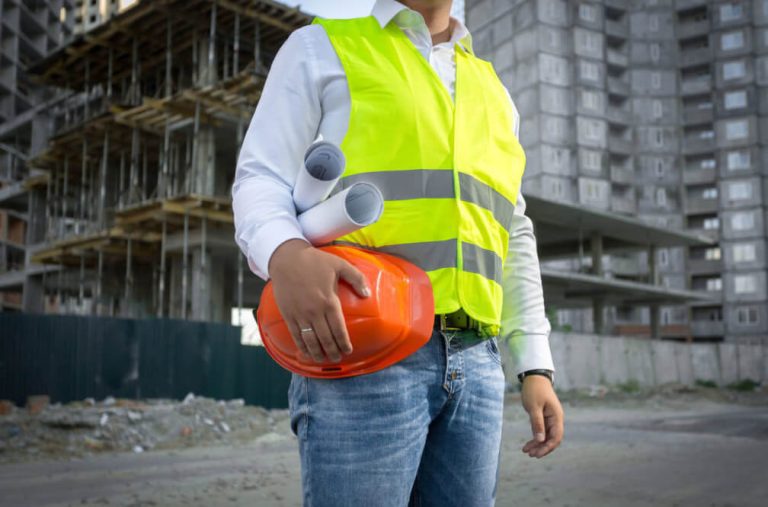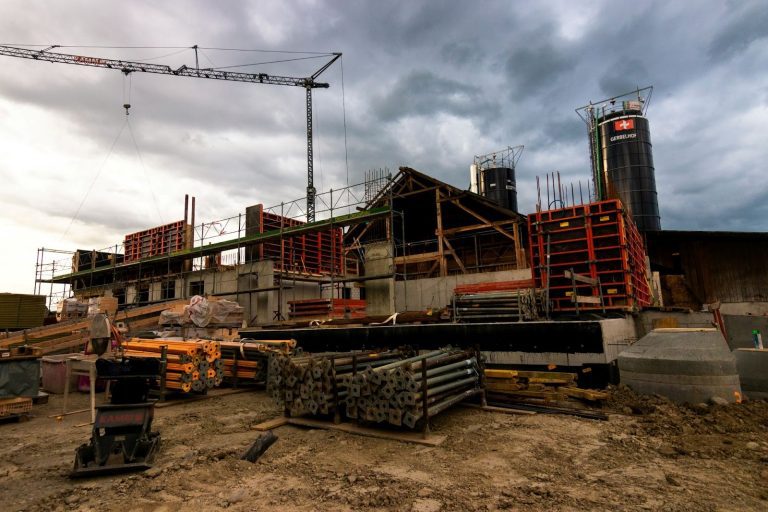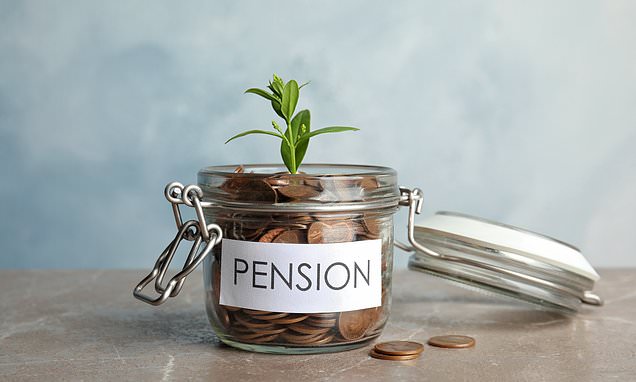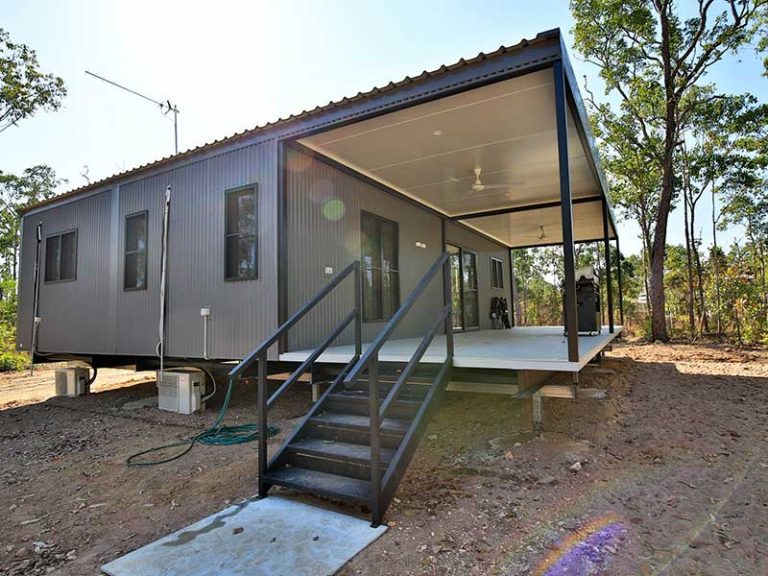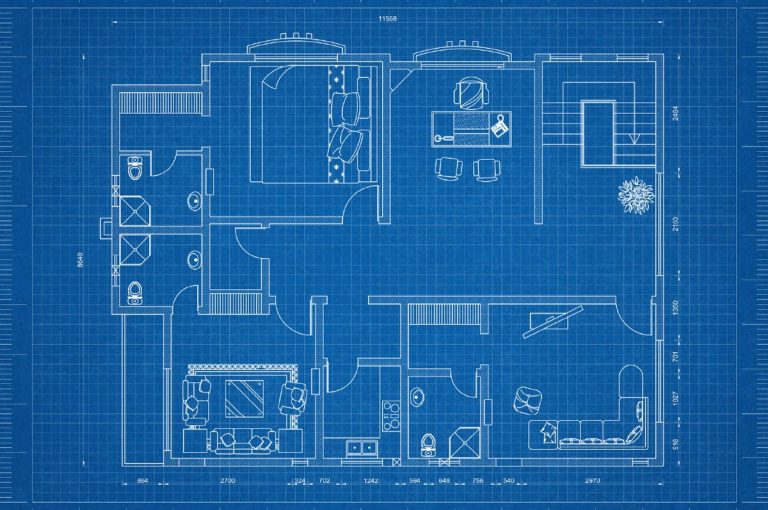Being a student can be a rollercoaster ride, filled with assignments, exams, and the constant need to juggle multiple responsibilities. With so much on your plate, it’s understandable if you sometimes feel tempted to seek help from a website that writes essays. However, amidst the chaos, it’s essential to find time for creative outlets that allow you to relax, recharge, and express your unique personality. DIY (Do-It-Yourself) projects are an excellent way to tap into your inner artist, develop new skills, and create something truly unique. In this article, we’ll explore a variety of student-friendly DIY projects that are not only fun but also budget-friendly and highly rewarding. Customized Notebooks and Planners As a student, you likely have a never-ending supply of notebooks and planners. Why not add a personal touch to these essential items? Grab some acrylic paints, markers, or even washi tapes, and let your creativity run wild. Decorate the covers with your favorite quotes, patterns, or doodles, transforming them into one-of-a-kind masterpieces that will brighten your study sessions. Upcycled Jewelry Instead of spending money on expensive accessories or considering research paper writing services to make extra cash, why not get creative? With a few basic materials like beads, charms, and old jewelry pieces lying around, you can craft stunning and unique jewelry pieces. Not only will you save money, but you’ll also contribute to reducing waste by giving new life to discarded items. Personalized Phone Cases Your phone is an essential part of your daily life, so why not make it truly yours? With a clear phone case and some permanent markers or acrylic paints, you can create a one-of-a-kind design that reflects your personality. Get creative with patterns, quotes, or even your favorite cartoon characters. Embroidered Accessories Embroidery is a timeless craft that allows you to add a touch of elegance to everyday items. Start with simple projects like embroidering your initials on a tote bag or adding a delicate floral design to a plain t-shirt. As your skills improve, you can even try your hand at more intricate designs. Recommended materials: Embroidery floss, needles, fabric (canvas, cotton, or denim), embroidery hoops, and scissors. Decoupage Decor Transform ordinary objects into vibrant works of art with the art of decoupage. Gather magazines, wrapping paper, or even old book pages, and start layering them onto items like boxes, vases, or picture frames. Finish with a layer of decoupage glue or varnish for a glossy and long-lasting finish. Mosaic Coasters Tired of plain, boring coasters? Create your own unique set using broken tiles, glass pieces, or even seashells. Arrange the pieces on a sturdy base, such as ceramic tiles or wood, and secure them with grout or adhesive. Not only will they add a pop of color to your study space, but they’ll also make excellent gifts for friends and family. Potential materials: Broken tiles, glass pieces, seashells, ceramic tiles or wood for the base, grout or adhesive, and sealant. Macramé Plant Hangers Bring a bohemian touch to your living space with macramé plant hangers. This traditional knotting technique is easy to learn and incredibly versatile. Start with basic knots and patterns, and as you gain confidence, you can create more intricate designs to showcase your favorite plants. Handmade Candles Candles are not only cozy and relaxing but also make great décor pieces. With some basic supplies like wax, wicks, and essential oils (optional), you can create your own scented candles in unique containers like mason jars or repurposed mugs. Experiment with different scents and colors to find your perfect combination. Painted Planters If you love adding greenery to your living space but find traditional planters a bit boring, why not create your own? Grab some plain terracotta pots or even repurpose old containers, and let your artistic side shine. Paint them with vibrant colors, patterns, or even inspirational quotes to turn them into eye-catching pieces that will complement your plants perfectly. Recycled Bookends As a student, you likely have a collection of books that need to be kept organized. Create your own unique bookends by repurposing materials like bricks, stones, or even old bottles. Decorate them with paint, decoupage, or even mosaic tiles to add a personal touch to your workspace. These DIY projects not only allow you to express your creativity but also provide a much-needed break from the rigor of academic life. Embrace the process of creating something with your own hands, and don’t be afraid to experiment and make mistakes. Remember, the true beauty lies in the journey, not just the final product. So, gather your materials, roll up your sleeves, and let your imagination soar!
